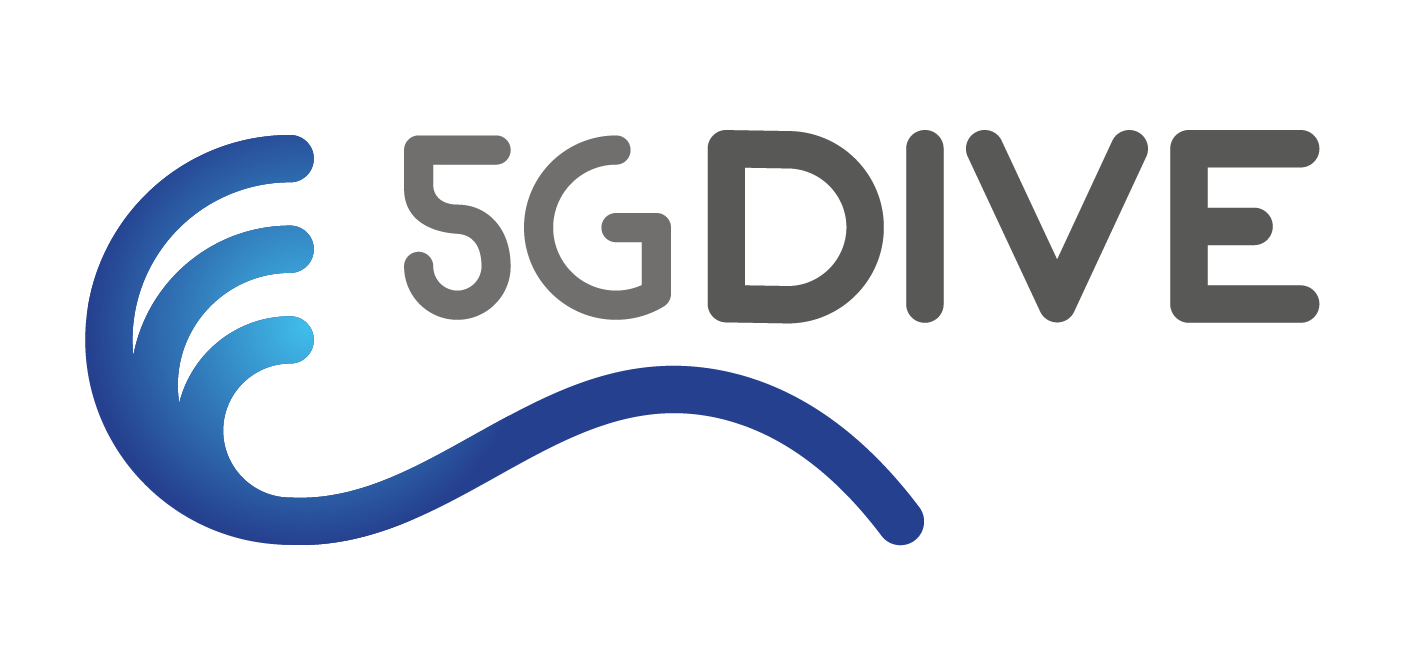| Deliverable No. | Deliverable Title | Abstract |
| 1.1 | 5G-DIVE architecture and detailed analysis of vertical use cases. | This document presents the first results from WP1 including: i) Targeted use cases and their technical and non-technical requirements; and ii) Baseline architecture including functional blocks and reference interfaces for the 5G-DIVE solution design to follow. |
| 1.2 | 5G-DIVE Techno-economic Analysis | This deliverable provides a techno-economic analysis of the platform tailored for the 5G-DIVE use cases. It studies the business implications of the Industry 4.0 and Autonomous Drone Scout use cases, analysing the overall impact in terms of CapEx and OpEx. The outcome of this study is a set of recommendations to allow more sustainable business models. |
| 1.3 | 5G-DIVE final architecture | This deliverable focuses on the complete version of the 5G-DIVE architecture, detailing the architectural components and functions defining the DEEP platform and its integration with the 5G-CORAL architecture. |
| 1.4 | Conclusions on vertical oriented 5G field trials and future outlook | This deliverable presents architecture validation and summary of the comprehensive results in this 5G-DIVE project (from 01/10/2019 to 31/12/2021), including DEEP Platform and the studied use cases, I4.0 and ADS. This deliverable also includes information on possible way forward towards future exploitation of the platform innovations. |
| 2.1 | 5G-DIVE innovations specification | This deliverable D2.1 provides a baseline specification of the 5G-DIVE solution. An overall framework governing the solution specification is presented first. This is then followed with detailed specification for each of the targeted vertical pilots, namely industry 4.0 and autonomous drones. Early evaluation results are also presented based on initial implementations reported in the deliverable D2.2. |
| 2.2 | 5G-DIVE components initial implementation | Software deliverable (confidential) |
| 2.3 | Final specification of 5G-DIVE innovations | This deliverable D2.3 provides the final specification of the 5G-DIVE solution innovation. An overview of the framework governing the solution specification is presented first. This is then followed with detailed final specification for each of the targeted vertical pilots, namely Industry 4.0 and Autonomous Drone Scout. This deliverable is complemented with the final implementation reported in deliverable D2.4. |
| 2.4 | 5G-DIVE components final implementation | Software deliverable (confidential) |
| 3.1 | Definition and Setup of Vertical Trial Sites | This deliverable provides a description of the end-to-end trial sites for the two major vertical pilots (namely, Industry 4.0 and Autonomous Drone Scouting) to support the vertical applications as well as the integration aspects from each developed trial site. |
| 3.2 | Results of initial validation campaign of vertical use cases | This deliverable of D3.2 is the second deliverable of WP3 after the first deliverable of D3.1. The goal of this deliverable is to provide the initial validation results of different 5G-DIVE use cases defined in D1.1, i.e., Digital Twin (DT), Zero Defect Manufacturing (ZDM) and Massive Machine-Type-of- Communication (mMTC) use cases for Industry 4.0 (I4.0) trial, and Drone Collision Avoidance System (DCAS) and Intelligent Image Processing for Drones (IIPFD) use cases for Autonomous Drone Scouting (ADS) trial. Experiments of each use case have been performed for implementation validation. And the experimental results are evaluated against the technical requirements defined in D1.1. Furthermore, the updated information of trial sites in Taiwan and the initial plan for use case integration are also provided in this deliverable. |
| 3.3 | KPI and performance evaluation of 5G-DIVE platform in vertical field trials | This deliverable of D3.3 is the third and final deliverable of WP3. The goal of this deliverable is to provide the final validation results of different 5G-DIVE use cases defined in D1.1, i.e., Digital Twin (DT), Zero Defect Manufacturing (ZDM) and Massive Machine-Type-of-Communication (mMTC) use cases for Industry 4.0 (I4.0) trial, and drone fleet navigation (ADSUC1) and Intelligent Image Processing for Drones (ADSUC2) use cases for Autonomous Drone Scouting (ADS) trial. Experiments of each use case have been performed for implementation validation including scalability analysis and system reliability. And the experimental results are evaluated considering the 5G-DIVE platform, 5G connectivity and edge and fog computing. Furthermore, the updated information of I4.0 trial site in 5TONIC and I4.0 use case integration are also provided in this deliverable. |
| 4.1 | Y1 CoDEP including standardization plan. | A plan is defined for communication, dissemination and exploitation, including standardisation and open source activities. Communication and public activities include a web site, social media presence and press releases. Video interviews, magazine articles, leaflets and posters are used to promote the project vision and initial results. Dissemination and collaboration activities focus on professional communities, ranging from scientific publication to demonstration and interaction with other EU projects. Standardisation plans cover seven standardisation Organisations (SDOs), with a roadmap mapping project development to the timeline of some major SDOs. Dissemination through open source software (OSS) includes three OSS projects, of which project members have a leading role in one. A preliminary plan for exploitation focusses on the components of the field trials. |
| 4.2a | Achievements of Y1 and updated CoDEP for Y2 including standardization plan | The progress of the project’s communication, dissemination and exploitation activities are reported for the first project year. The plan had to be adapted with additional online presence and video material to handle the effects of the Covid-19 crisis when events were cancelled or made online. Project results are disseminated through publications, presentations and interviews. Workshops and other events with a focus on the topics of the project are organised. Contributions to and interaction with standards organisations are reported on, as well as, the engagement in open source software. |
| 4.2b | Update to D4.2a with exploitation plan | The progress of the project’s communication, dissemination and exploitation activities are reported for the first project year. The plan had to be adapted with additional online presence and video material to handle the effects of the Covid-19 crisis when events were cancelled or made online. Project results are disseminated through publications, presentations and interviews. Workshops and other events with a focus on the topics of the project are organised. Contributions to and interaction with standards organisations are reported on, as well as, the engagement in open-source software. An updated exploitation plan is provided. Except for Section 5, the content of the deliverable is the same as Deliverable 4.2. |
| 4.3 | Communication, Dissemination, and Exploitation achievements through the project, exploitation plan after the end of the project and assessment of the contribution of 5G-DIVE in support of 5G | The achievements relating to the project’s communication, dissemination and exploitation activities are reported for the lifetime of the project. The plan had to be adapted with an additional online presence and video material to handle the effects of the Covid-19 crisis when events were cancelled or made online. Project results have been disseminated through publications, presentations and interviews. Workshops and other events with a focus on the topics of the project have been organised. Contributions to and interaction with standards organisations are reported on, as well as the engagement in open-source software. Exploitation relating to the PoCs, existing products and services, and individual partners are reported on, as well as a report from an exploitation workshop. Dissemination and exploitation actions after the project’s completion are provided. |
| 5.1 | Project Portal and Communication Channels | This deliverable (D5.1) reports the set-up of project portal and communication channels as social media (Twitter, Instagram, YouTube and LinkedIn). It also provides the information about the management tools created to facilitate the communication and collaborative work. |
| 5.2 | Final project report | This deliverable (D5.2) reports the management tasks for the second reporting period of the project. It encompasses the Part B (technical) part of the final periodic report that will be submitted by end of February 2022. |

